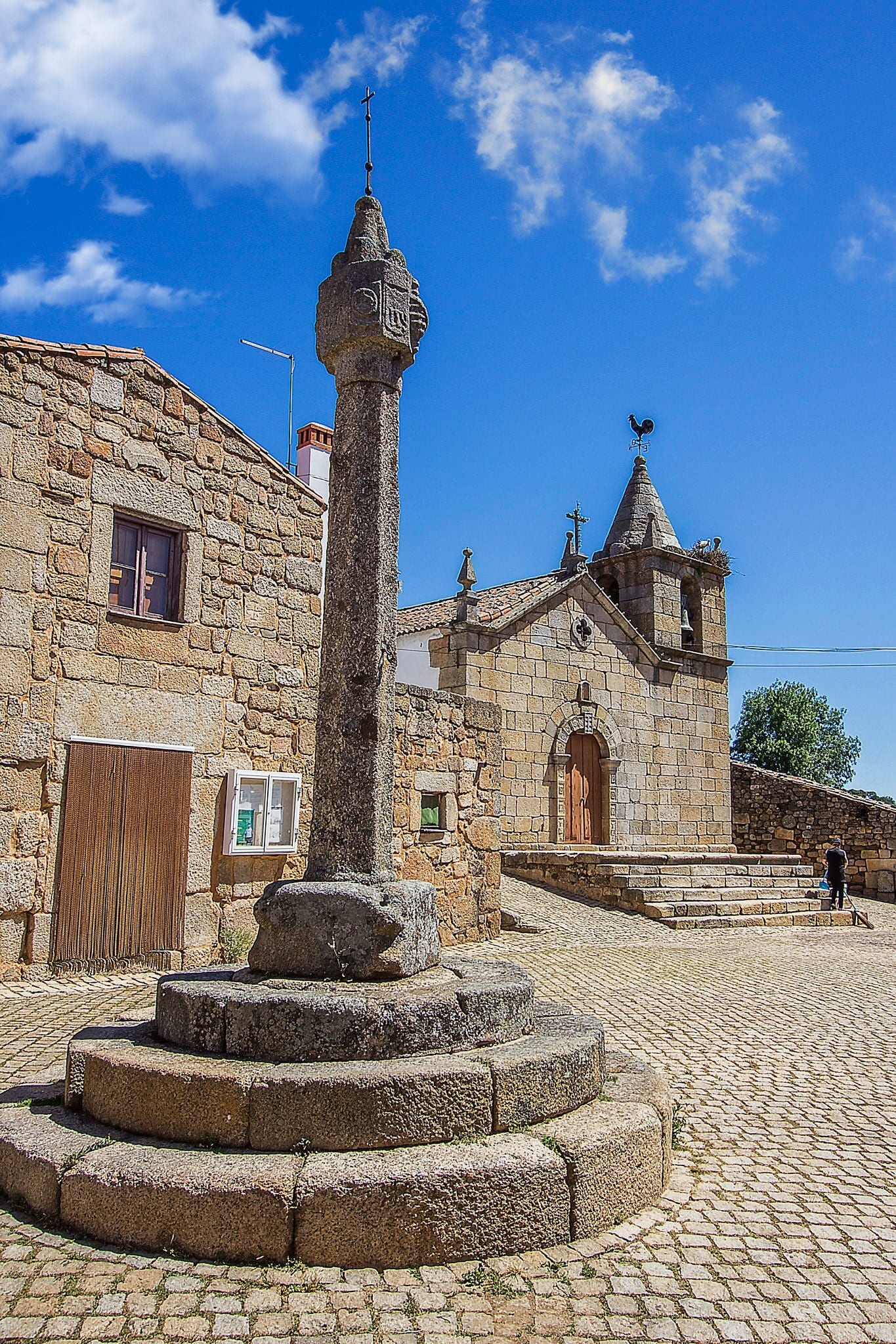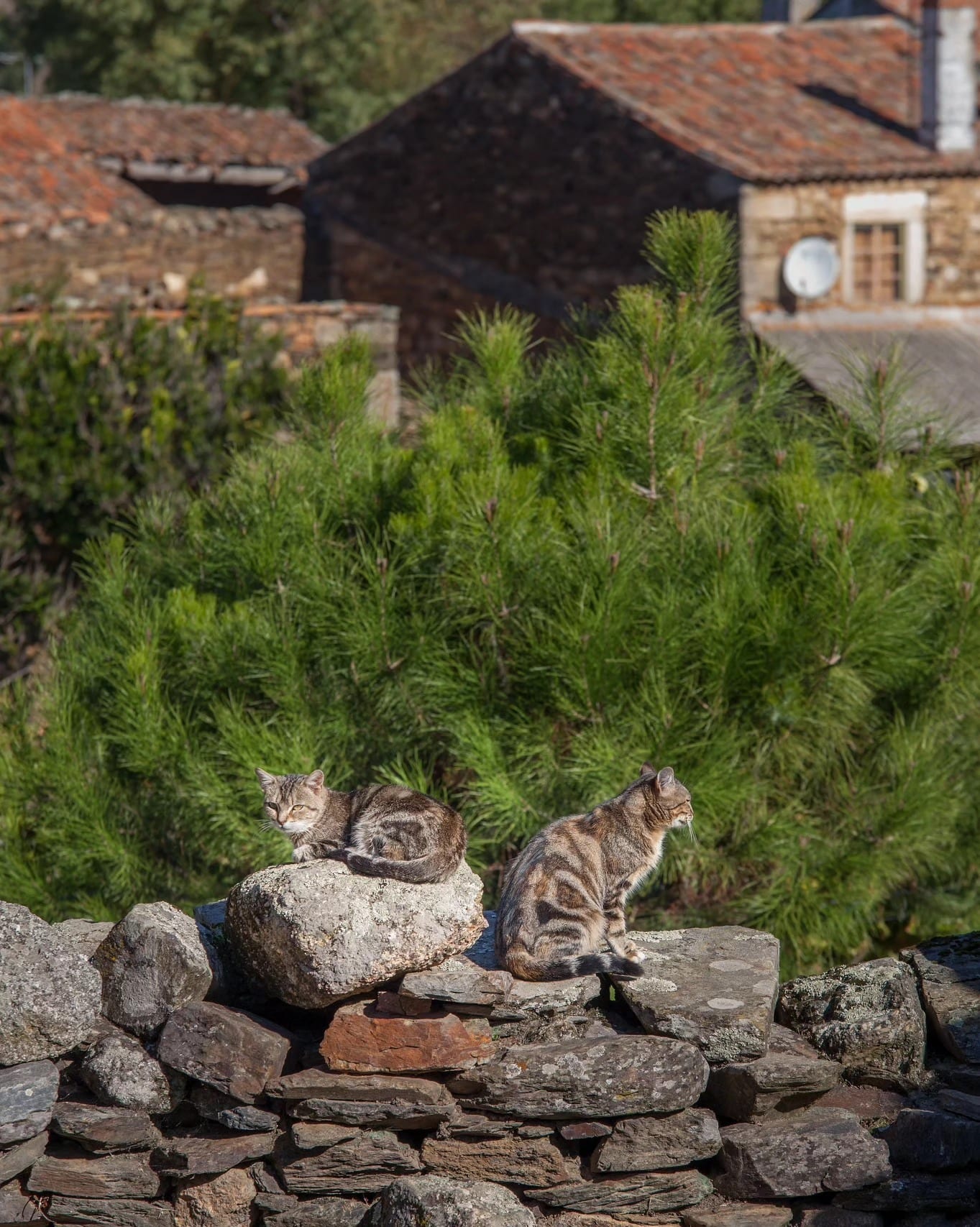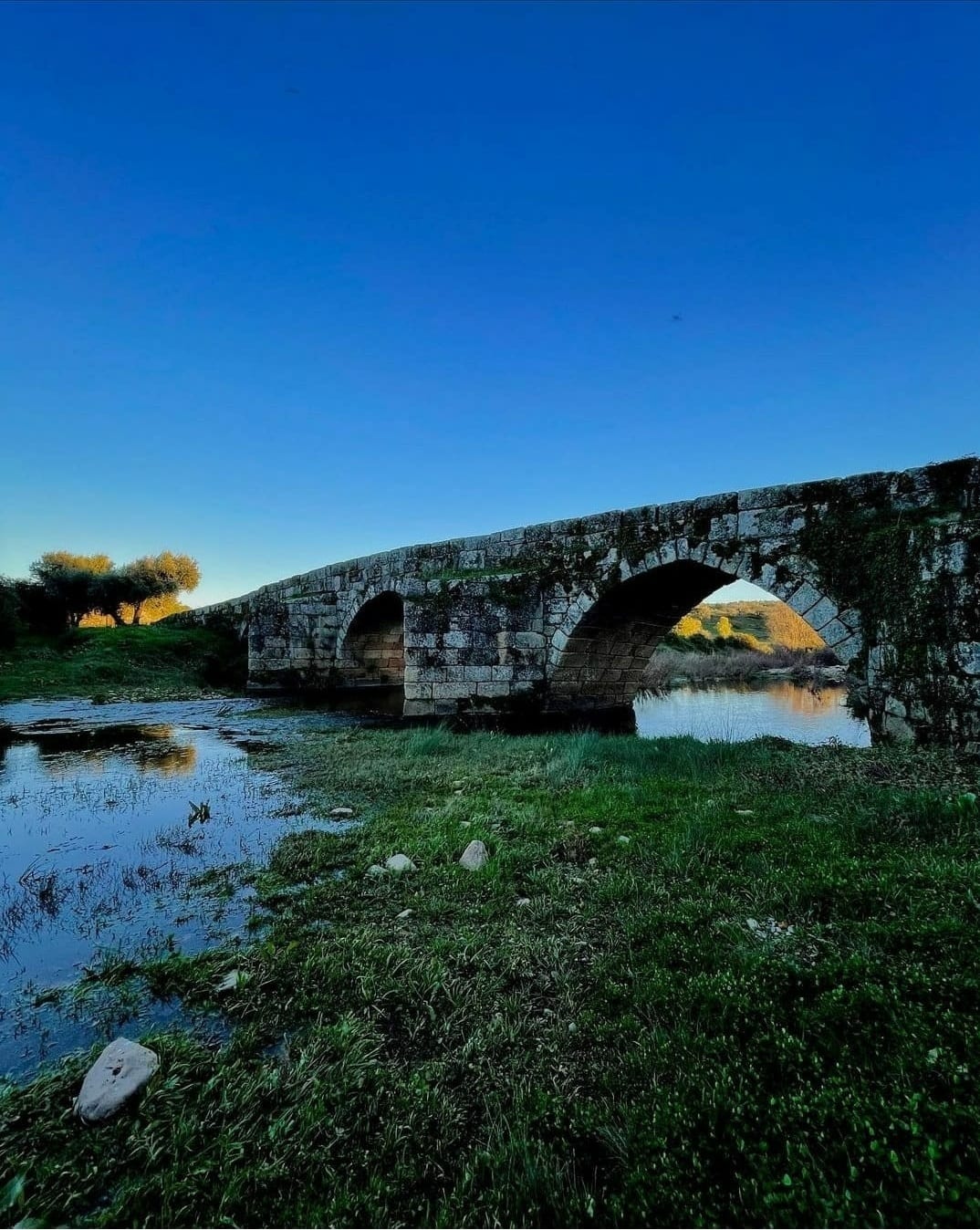It was created during the 1st century B.C., when Emperor Augustus ruled, and its name was Civitas Igaedinorum. It played an essential role in transport routs between Coimbra and Mérida. It was conquered by the Visigoths on the 6th century and its new inhabitants called it Egitânia. During this time, the village became an important Episcopal seat. The village’s imposing basilica, known as Catedral Velha (Old Cathedral) was built upon the relics of the paleo-Christian church which existed since the first years of Christianity which also dates back to this period as well as the Episcopal Palace.
When the Arabic armies conquered Egitânia in 713, the defensive enclosure which protected the village since Roman times was rebuilt. When the Interior Beira was reconquered by Afonso Henriques, Idanha was one of the lands given to the Knights Templar. In order to assert their power over those lands, which had once been the richest and most prominent of the area, the Knights Templar built a great defensive tower in 1197, which is usually called Idanha Castle. King Sancho II granted the charter to the village in 1229, in order to attract more people and King D. Dinis ordered the renovation of the defensive walls. Later, when the village was already on the brink of desertification, King Manuel granted it a new charter which reinforced its local power as the county’s seat. This act was established by the pelourinho built in front of the matriz church. Idanha-a-nova is one of the most important landmarks of the History of this area before the independence and it shows its importance as a metropolis of the Ancient Iberia through the outline of its streets and in the stones of bridges, churches and the cathedral.
In Idanha-a-Velha, you should visit:
The Cathedral and its baptistery, and the Episcopal Palace
The common hoven and the lagar de varas (olive oil press)
The Templers Tower
The Roman bridge over the Pônsul bridge
The chapels of São Dâmaso, Espírito Santo and São Sebastião
The archaeological station of Egitânia



















